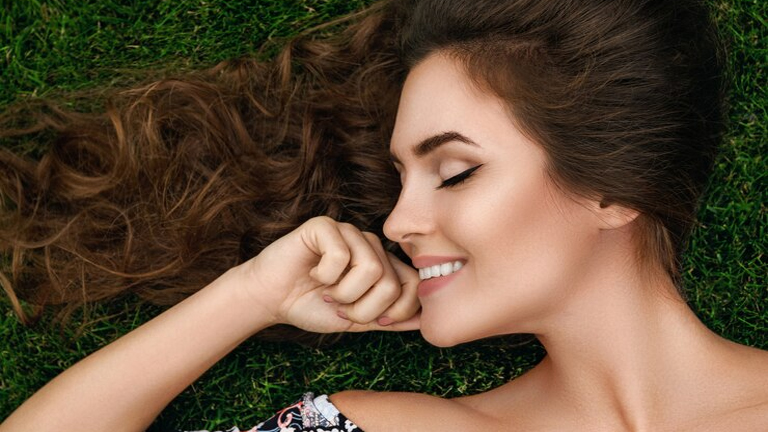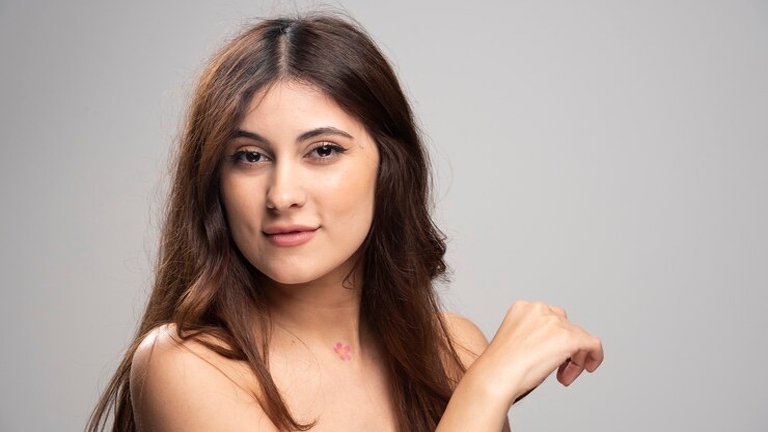Women’s skin and hair are deeply influenced by hormones, aging, and lifestyle factors. From hormonal acne in your 20s to menopausal hair thinning in your 50s, these issues can impact confidence and overall well-being. This guide explores the root causes, treatments, and prevention strategies for the most common skin and hair concerns in women, helping you achieve a radiant complexion and healthy locks.
Must Check: Liver Functions
1. Hormonal Acne: Breakouts Beyond Adolescence
What Causes Hormonal Acne?
Unlike teen acne (triggered by excess oil), hormonal acne in women is linked to fluctuating estrogen, progesterone, and testosterone levels, leading to:
-
Cystic acne (deep, painful bumps along the jawline and chin)
-
Breakouts before menstruation
-
Persistent adult acne (common in PCOS patients)
Key Triggers
✔ Menstrual cycle (pre-period progesterone surge clogs pores)
✔ Polycystic Ovary Syndrome (PCOS) (high androgens = excess oil)
✔ Menopause (declining estrogen weakens skin barrier)
Treatment Options
-
Topicals: Retinoids (adapalene), salicylic acid, azelaic acid
-
Oral Meds: Birth control pills (Yaz, Ortho Tri-Cyclen), spironolactone
-
Lifestyle Fixes: Low-glycemic diet, stress management (cortisol worsens acne)
Pro Tip: Dermatologists recommend double cleansing (oil + water-based) to prevent clogged pores without over-drying.
2. Hair Loss in Women: Postpartum & Menopause Solutions
Postpartum Hair Loss
After childbirth, estrogen levels drop sharply, causing telogen effluvium (excessive shedding 3–6 months postpartum).
What Helps?
-
Minoxidil 2% (FDA-approved for women)
-
Iron & vitamin D supplements (deficiency worsens shedding)
-
Gentle hairstyles (avoid tight ponytails)
Menopause-Related Thinning
Declining estrogen and rising androgens shrink hair follicles, leading to:
-
Widening part line
-
Overall volume loss
Effective Treatments:
-
PRP therapy (platelet-rich plasma stimulates follicles)
-
Laser caps (low-level light therapy boosts growth)
-
Topical rosemary oil (studies show it rivals minoxidil)
Did You Know? 40% of women experience hair thinning by age 50 (American Academy of Dermatology).
3. Skincare Routines for Aging & Hormonal Changes
Anti-Aging Essentials
As estrogen declines (especially post-40), skin loses collagen (1% yearly after 30!) and moisture. A hormone-smart routine includes:
AM Routine:
-
Vitamin C serum (brightens, boosts collagen)
-
Hyaluronic acid (plumps dehydrated skin)
-
SPF 30+ (prevents estrogen-related melasma)
PM Routine:
-
Retinol (gold standard for wrinkles)
-
Peptide moisturizer (supports skin elasticity)
Hormonal Skin Fixes
-
For PCOS: Niacinamide reduces oiliness and inflammation.
-
Perimenopause: Ceramides repair a weakened moisture barrier.
Derm Tip: Avoid over-exfoliating—hormonal skin is often sensitive! Stick to 1–2x/week chemical exfoliants (like lactic acid).
Bonus: Diet & Supplements for Healthy Skin & Hair
-
Omega-3s (salmon, flaxseeds) – Reduce inflammation linked to acne/hair loss.
-
Biotin & zinc – Support keratin production (find in eggs, nuts).
-
Soy isoflavones – Mimic estrogen to improve menopausal skin thinning.
Women’s Skin & Hair Concerns: Causes & Solutions Comparison Table
| Condition | Primary Causes | Key Symptoms | Treatment Options | Prevention Tips |
|---|---|---|---|---|
| Hormonal Acne | – Fluctuating estrogen/progesterone – PCOS – Menopause transition |
– Deep cystic jawline acne – Monthly breakouts – Oiliness |
– Retinoids (adapalene) – Birth control pills – Spironolactone – Azelaic acid |
– Low-glycemic diet – Double cleansing – Stress reduction |
| Postpartum Hair Loss | – Sharp estrogen drop after pregnancy – Nutrient deficiencies |
– Excessive shedding (3-6 months postpartum) – Thinning all over |
– Minoxidil 2% – Iron supplements – Gentle hair care – PRP therapy |
– Prenatal vitamins continuation – Avoid tight hairstyles |
| Menopausal Hair Thinning | – Declining estrogen – Rising androgens – Age-related follicle miniaturization |
– Widening part line – Overall volume loss – Slower regrowth |
– Low-level laser therapy – Rosemary oil – Hormone replacement therapy (HRT) |
– Protein-rich diet – Scalp massages – Silk pillowcases |
| Aging Skin | – Collagen loss (1%/year after 30) – Menopause-related dryness – Sun damage |
– Wrinkles – Loss of elasticity – Dullness |
– Retinol – Vitamin C serum – Hyaluronic acid – Peptide creams |
– Daily SPF 30+ – Antioxidant-rich diet – Nightly moisturizing |
| Hormonal Skin Changes | – Perimenopause fluctuations – PCOS-related androgens |
– Adult-onset acne – Increased sensitivity – Melasma |
– Niacinamide – Ceramide moisturizers – Chemical peels (gentle) |
– pH-balanced cleansers – Regular dermatologist visits |
Final Takeaways
✔ Hormonal acne needs internal (birth control) + external (retinoids) care.
✔ Postpartum hair loss usually resolves in 6–12 months; minoxidil speeds recovery.
✔ Menopausal skin thrives with retinol, SPF, and hydration.
When to See a Pro:
-
Acne scars or cysts that won’t heal
-
Sudden, patchy hair loss (could be alopecia areata)
-
Persistent redness/dryness (may indicate rosacea or eczema)


